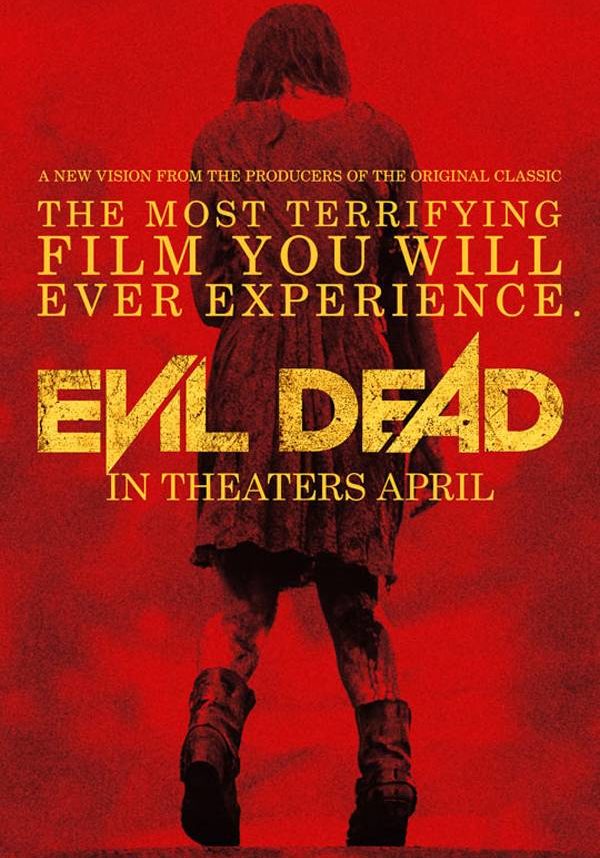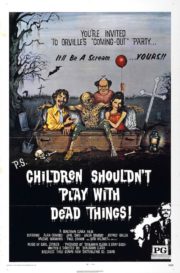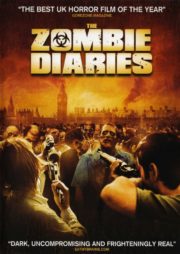A Descent into Blood-Soaked Madness
“Evil Dead” – a title that conjures visions of relentless terror, a promise that director Fede Alvarez’s 2013 reimagining of Sam Raimi’s seminal horror classic not only meets but coats in layers of visceral dread. Gone are the campy undertones of the 1981 original; what emerges is a film steeped in a more aggressive brand of horror, unflinching in its graphic intensity. For the uninitiated, “Evil Dead” follows five friends who retreat to a remote cabin where the discovery of a sinister book leads to demonic possession and a fight for survival that will leave the forest floor saturated in crimson.
The Horror Works in the Shadows and the Splatter
Atmospheric Terrors
Alvarez’s update to the cult classic meticulously crafts its atmosphere with a sophisticated blend of tension, anticipation, and gore. Unlike the creeping dread of unseen phantoms found in psychological horror, “Evil Dead” 2013 does not shy away from displaying its monstrous creations in full, ghastly detail. The film’s horror milieu is realized through a tightrope walk of suspenseful build-ups and explosive, shocking visuals. These monstrous, flesh-bound book-led horrors do not skulk exclusively in the shadows but possess their victims in plain, unsettling sight—a choice that amplifies the visceral terror characteristic of this remake.
Cinematic Shivers
The cinematography is uncompromising in its mission to unsettle. With a palette that dabbles in oppressive greys and the sickly greens of decay, the film ensures that comfort remains perpetually out of reach. Camera angles are wielded like weapons, often placing viewers in uncomfortable proximity to the carnage. Special effects—primarily practical—are a standout feature, lending a grotesque authenticity to the bodily horrors inflicted upon the characters. “Evil Dead” becomes a testament to the power of tactile, in-camera artistry, leaving a visceral impact that computer-generated imagery often struggles to replicate.
Soundtrack to Your Nightmares
Dissonant strings, guttural chants, and an undercurrent of whispering voices make up the spine-chilling soundtrack that serves as the unsung hero of this brutal ballet. Sound effects are expertly used to accentuate the terror, with the squelch of blood and the crack of breaking bones unsettlingly clear. At times, the absence of sound is weaponized, giving viewers a mere second of silence before plunging them back into the auditory assault—an effective technique that makes the skin crawl.
Pawns in a Demonic Game
Living (and Dying) Characters
Within this world of diabolic chaos, the characters are forced to confront the ultimate evil, their performances toeing the line between horror movie hysteria and genuine desperation. While character development takes a backseat to the bloodshed, the actors deliver in conveying a spectrum of terror that feels fittingly human amid the supernatural onslaught. Jane Levy as Mia stands out, embodying both the vulnerability of addiction’s grip and the ferocity of infernal possession.
Horror Tropes and Traumas
“Evil Dead” cleaves closely to traditional tropes—abandoned cabins, cursed tomes, and the unspeakable evil they unleash—and while it does not reinvent the wheel when it comes to mechanics, it does drench it in a new layer of blood-soaked brutality. The film leans heavily on body horror, reveling in the destruction it visits upon the flesh of its characters, while also tiptoeing into the realm of psychological fear through the personal demons the characters face.
The Forest of Fear: A Bloody Homage or a Fresh Hell?
Scarlet Impact
The manner in which “Evil Dead” 2013 sets out to frighten audiences is heavily reliant on graphic violence and surprise attacks. It seldom offers respite from its relentless brutality. This unceasing parade of gore is executed with a deftness that is both commendable and visceral, crafting set-pieces of carnage that are as creative as they are stomach-turning.
Deeper Than Blood
Beneath its surface of overt horror, the film occasionally hints at deeper themes—addiction, redemption, and the lengths we go to save the ones we love—which creep through the narrative like roots through a rotting floorboard. Though these are not deeply explored, their presence adds a layer of complexity to the otherwise straightforward plot.
Fear Factor
As a horror film, “Evil Dead” 2013 stands as a brutally effective exercise in excess. It is an ode to practical effects and ghastly imagination that will delight horror purists and fans of the gory spectacle. Innovation here is not in the story but in how fiercely the film commits to its vision of unadulterated terror.
Audience Advisory
Those with an appetite for hardcore horror and arterial spray will find “Evil Dead” an irresistibly macabre treat. Casual viewers or the squeamish may find the relentless nature of the film’s violence more exhausting than exhilarating. A warning for viewers: this cinematic experience is soaked in graphic content, the faint of heart should proceed with caution.
Comparative Bloodlines
In the pantheon of horror, “Evil Dead” 2013 can be placed alongside other contemporary reboots that seek to honor their origins while carving their own space within the genre. What this iteration loses in the quirkiness of Raimi’s original, it gains in its unrelenting pursuit of a modern horror aesthetic.
Verdict: Bleak, Bloody, and Brutal
Wrapping up, “Evil Dead” 2013 respects the essence of its source material while confidently wielding its brand of high-octane horror. Its strengths lie in its atmospheric tension, unapologetic gore, and the raw physicality of its horrors. Its weaknesses may include underdeveloped characters and a story that offers little in the way of surprise. In the end, it’s a heart-pounding, blood-spattered experience that reaffirms the staying power of the “Evil Dead” franchise and beckons to those who relish in the visceral side of horror.




